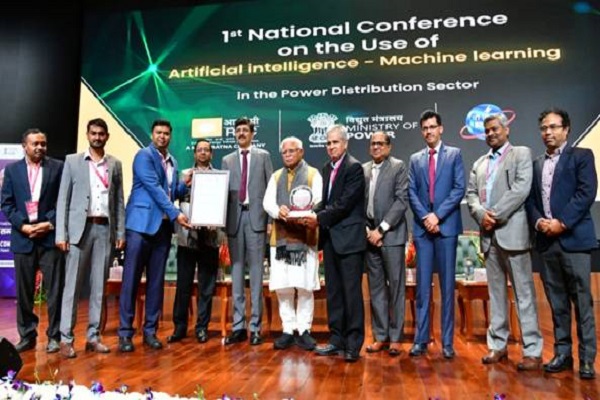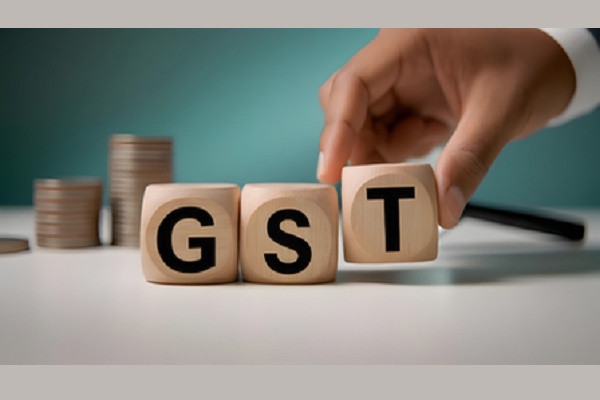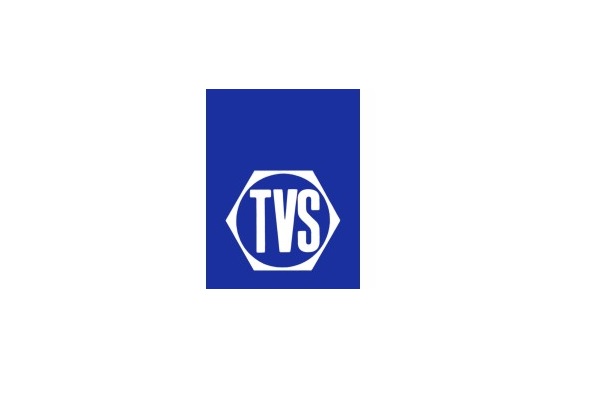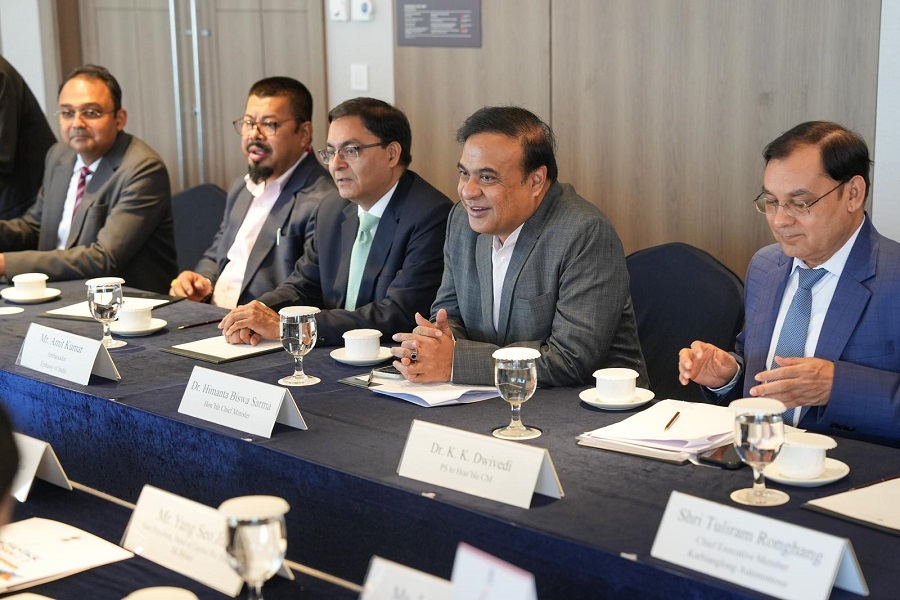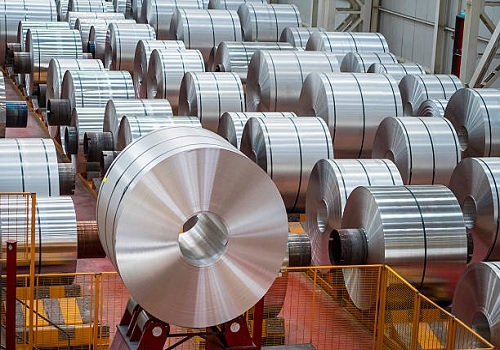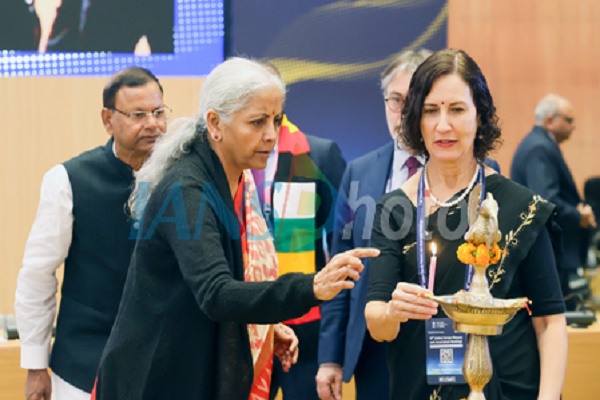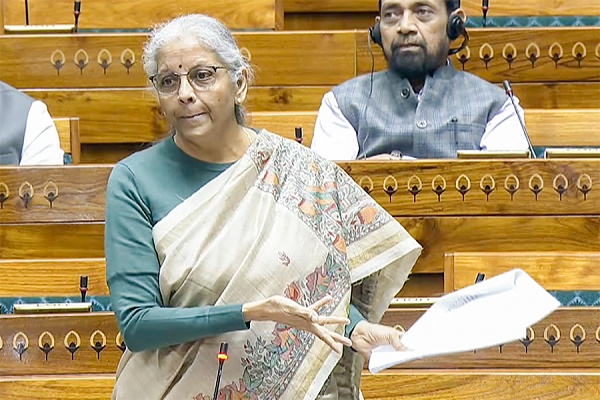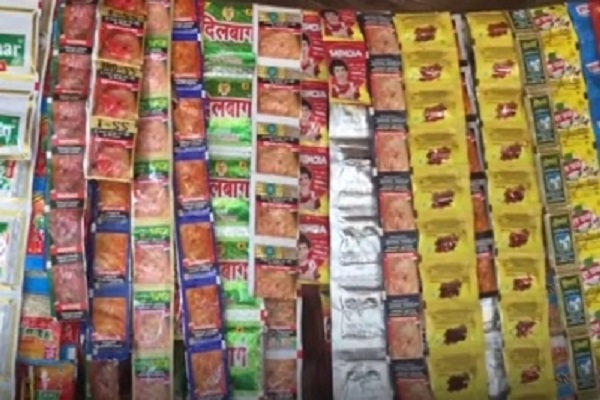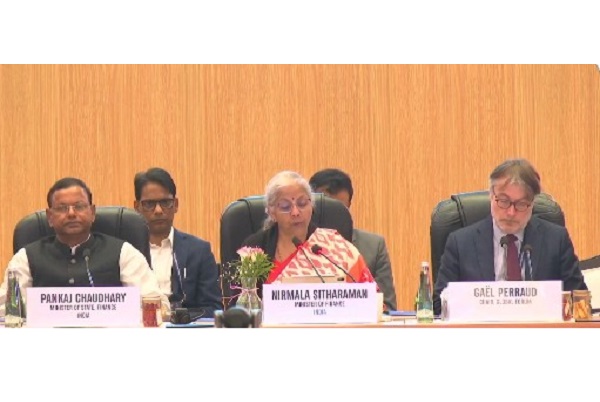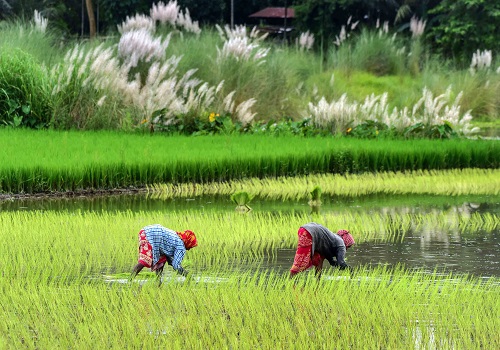Union Budget 2025: A Catalyst for Growth in Agriculture, Fisheries, and Dairy Sectors
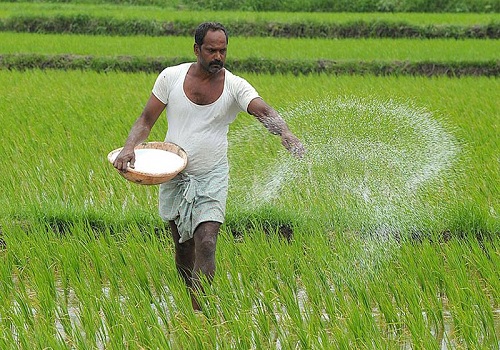
The Union Budget 2025 has placed significant emphasis on revitalizing India’s agriculture, fisheries, and dairy industries, aiming to drive growth, boost employment, and ensure financial security for millions of rural workers. With targeted investments in technology, infrastructure, and financial inclusion, the government seeks to modernize these critical sectors, ensuring they contribute robustly to the country’s GDP.
Transforming Agriculture for a Sustainable Future
Agriculture remains the backbone of India’s economy, with nearly 60% of the population dependent on it for their livelihood. Recognizing this, the government has introduced the ?15,000 crore Agri-Tech Innovation Fund, designed to encourage the adoption of cutting-edge technology in farming practices. Artificial Intelligence (AI), Internet of Things (IoT), and drone-based precision farming are at the core of this initiative, promising enhanced productivity, reduced wastage, and higher yields. By integrating technology with traditional farming methods, the government envisions an agricultural landscape that is not only productive but also sustainable in the long run.
In addition to technology adoption, Minimum Support Prices (MSP) have been increased across key crops, ensuring that farmers receive fair compensation and are safeguarded against market fluctuations. Furthermore, the ?10,000 crore investment in rural cold storage and food processing infrastructure aims to reduce post-harvest losses, which have long been a bottleneck in India’s agricultural growth. By strengthening storage and processing capabilities, farmers will have better access to markets, ensuring that their produce fetches competitive prices while also boosting exports.
Fisheries and Aquaculture: A Blue Revolution in the Making
Fisheries and aquaculture have emerged as high-potential sectors within India’s rural economy, and the budget reflects the government’s commitment to maximizing their growth. The ?4,500 crore Fisheries Development Fund will modernize fishing techniques, enhance marine exports, and improve cold chain logistics. The government’s renewed focus on biofloc technology and Recirculating Aquaculture Systems (RAS) is expected to drive sustainable fish production, ensuring that India meets both domestic demand and global export targets.
Additionally, the expansion of the Pradhan Mantri Matsya Sampada Yojana (PMMSY) seeks to provide financial assistance and infrastructure development to fishing communities. By improving fish breeding, processing, and storage facilities, the government aims to make the fisheries sector more competitive while also generating employment for coastal and inland fishing communities. The projected impact of these investments is expected to be significant, with the fisheries sector contributing an estimated 0.3% increase to GDP growth in the next fiscal year.
Strengthening the Dairy Industry and Livestock Sector
India is the world’s largest producer of milk, and the dairy sector plays a crucial role in ensuring nutritional security and rural employment. To further bolster this industry, the ?5,000 crore Dairy Infrastructure Development Fund has been allocated for modernizing milk processing units and ensuring a seamless cold storage supply chain. This will directly benefit small dairy farmers by improving their access to organized markets, thereby increasing profitability.
Furthermore, the budget includes special incentives for fodder cultivation, addressing one of the key challenges in the dairy industry—livestock nutrition. With better-quality fodder available at reduced costs, milk production is expected to rise, making dairy farming more lucrative for small-scale farmers. Additionally, the government’s push for disease management and livestock insurance will ensure the overall health and well-being of dairy cattle, thereby sustaining production levels.
Employment Generation and Economic Impact
The cumulative effect of these reforms is expected to be a substantial increase in employment across agriculture, fisheries, and dairy sectors. The introduction of AI-driven farming and automated irrigation systems alone is projected to create three million direct and indirect jobs, particularly in the agri-tech and farm management domains. By expanding rural credit under the Kisan Credit Card (KCC) scheme, an estimated 1.5 million small farmers will be empowered to scale their operations, leading to an additional five million rural jobs.
Similarly, the fisheries sector is expected to generate one million new jobs as modernization efforts drive efficiency in fish breeding, marine exports, and logistics. Dairy farming, supported by better processing infrastructure and improved fodder cultivation, is anticipated to create 1.2 million new jobs, ensuring steady income opportunities for rural families involved in the livestock business.
With these forward-looking initiatives, the government aims to drive a 2-3% annual growth in agricultural GDP, strengthening India’s position as a global leader in agri-exports, sustainable farming, and rural employment generation. The Union Budget 2025 is not just an allocation of funds; it is a commitment to ensuring that India’s agricultural and allied industries remain the driving force of the economy for years to come
